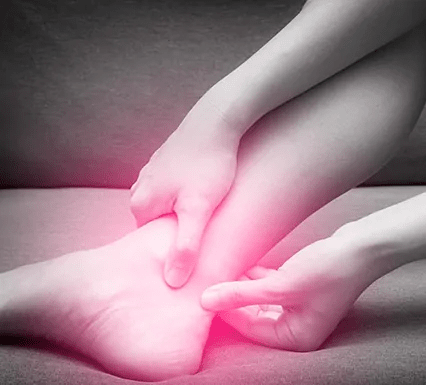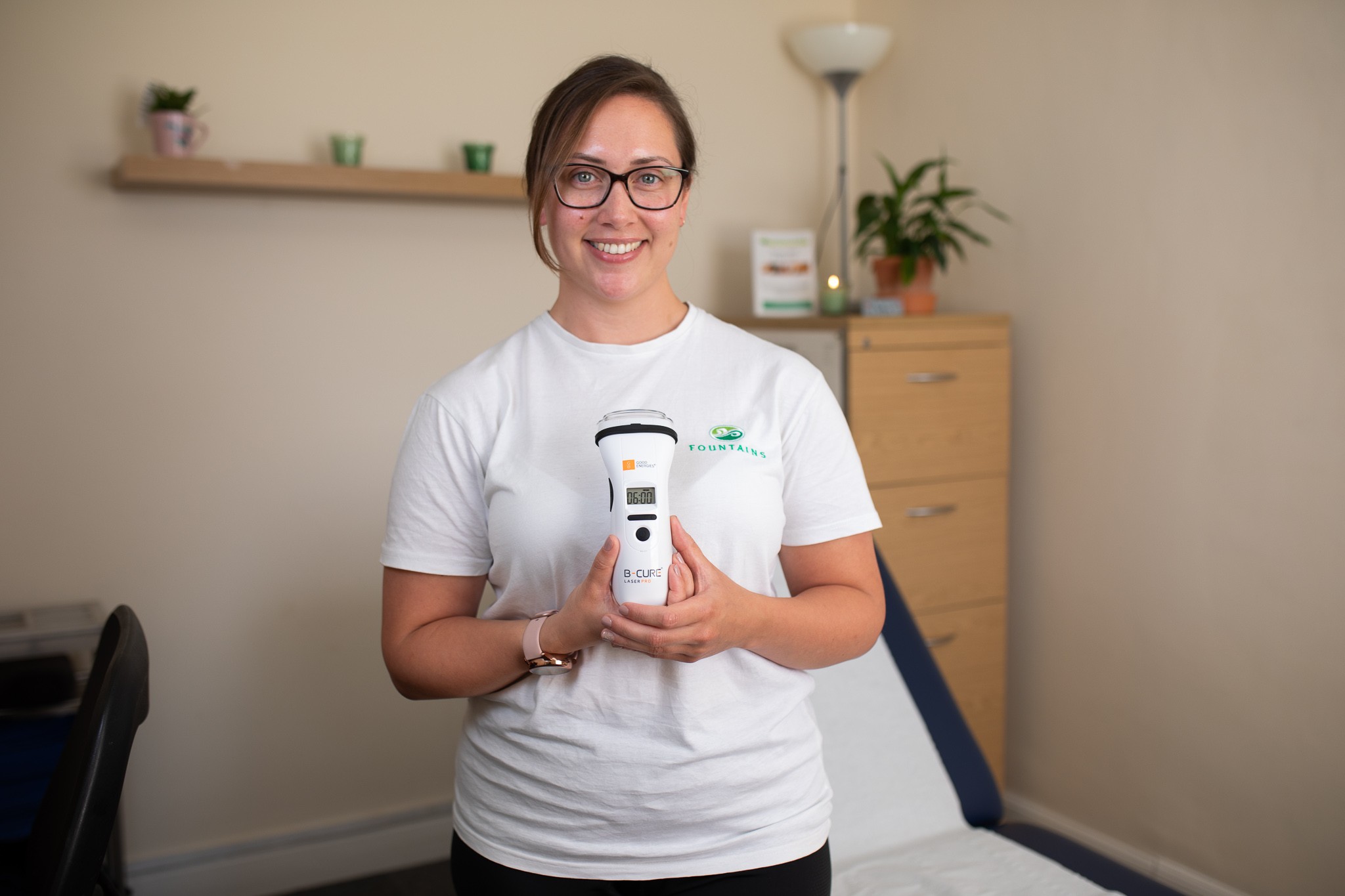
Burns and Burn Treatment
What is a burn? What are the causes and treatments? How can B-Cure Laser assist in burn treatment and scar prevention?
A burn is damage to tissue caused by scalding, overexposure to the sun or other radiation, contact with flames, chemicals, electricity, or smoke inhalation. The skin, being the body’s first line of defense against infection, becomes vulnerable when burned. This break in the skin increases the risk of infection in the injured area and potentially throughout the body.
Treatments for burns aim to reduce pain, prevent infection, and promote healing. B-Cure Laser can assist in burn treatment and scar prevention by accelerating the healing process, reducing pain, and minimizing scar formation.
Burns occur mainly in the home or workplace.
The American Burn Association reports that approximately 450,000 patients receive hospital and emergency room burn treatment each year in the United States alone.
Thermal (heat) burns happen when some or all of the cells in the skin or other tissues are destroyed by:
-
- Hot liquids (scalds)
-
- Hot solids (contact burns)
-
- Flames (flame burns)
How Are Burns Classified?
Burns are classified based on their depth and the severity with which they penetrate the skin’s surface.
-
- First-degree burns are superficial and cause local inflammation of the skin. Sunburn is often categorized as a first-degree burn, characterized by pain, redness, and mild swelling. The affected skin may be very tender and sensitive to touch.
-
- Second-degree burns are deeper and, in addition to pain, redness, and inflammation, usually involve blistering.
-
- Third-degree burns are the deepest, affecting all layers of the skin and destroying the injured area. Due to damage to nerves and blood vessels, third-degree burns appear white, have a leathery texture, and tend to be relatively numb.
Burn Scars
After a burn has healed, scarring is likely, especially with second- or third-degree burns. The severity of scarring depends on the burn’s depth and how it was initially treated and managed. Burn scar treatments generally fall into four main categories: over-the-counter topical treatments, non-surgical procedures, laser therapy, and surgery.
How to Treat Burns
Prompt and proper treatment of burns can reduce the risk and severity of scarring.
Burn treatment varies based on the type of burn:
-
- First-degree burns are usually treated with skin care products such as aloe vera cream or an antibiotic ointment, along with painkillers like acetaminophen (Panadol).
-
- Second-degree burns may require medicated creams, antibiotic ointments, or other treatments prescribed by a doctor.
-
- Third-degree burns often necessitate skin grafting or the use of synthetic skin. Severe burns covering large areas of the body may need more intensive treatments, such as intravenous (IV) antibiotics to prevent infection or IV fluids to replenish fluids lost due to the burn.
Burn Treatment With Laser: B-Cure Laser Treatment
B-Cure Laser is an emerging medical technique that stimulates cellular function through exposure to low-level laser light, leading to significant benefits for the healing process. It reduces the time required for wound closure and increases the wound’s mean breaking strength.
Laser treatments are also used to alleviate tightness, discomfort, and pain from burn scars while smoothing the skin and diminishing redness.
Videos: Professional Recommendations
How Does B-Cure Laser Work?
Based on Low-level laser therapy (LLLT), also known as cold laser therapy, B-Cure Laser directs a laser beam onto the skin’s surface while penetrating deep into tissues without causing heat or skin damage. B-Cure Laser stimulates cellular activity, enhances cellular signaling, and improves the body’s natural immune response efficiency. It increases the production of anti-inflammatory enzymes and releases endorphins (pain-reducing hormones). Moreover, B-Cure Laser promotes the formation of collagen and elastin, aiding in wound healing and the recovery of injured areas post-surgical procedures.
Burn Treatment Protocol
Position the device along the length of the injured tissue, maintaining a distance of approximately 0.5 cm above the wound without direct contact, and administer treatment for 8 minutes. Ensure dressings and clothing are removed prior to treatment.
If the wound area exceeds the device’s surface size of 1 cm x 4.5 cm, extend treatment by an additional 8 minutes and proceed to treat the adjacent area. Continue this process until the entire wound area, including its margins, has been treated.
After each treatment session on an open wound, disinfect the device using 70% alcohol wipes.
For added convenience, utilize the adjustable stand to stabilize the device during treatment. Ensure both the device and stand remain stationary to allow the laser beam to penetrate deeply into the tissues.
To learn more about other health conditions that the B-Cure Laser can help manage, please visit our Treatment Guide page.






















